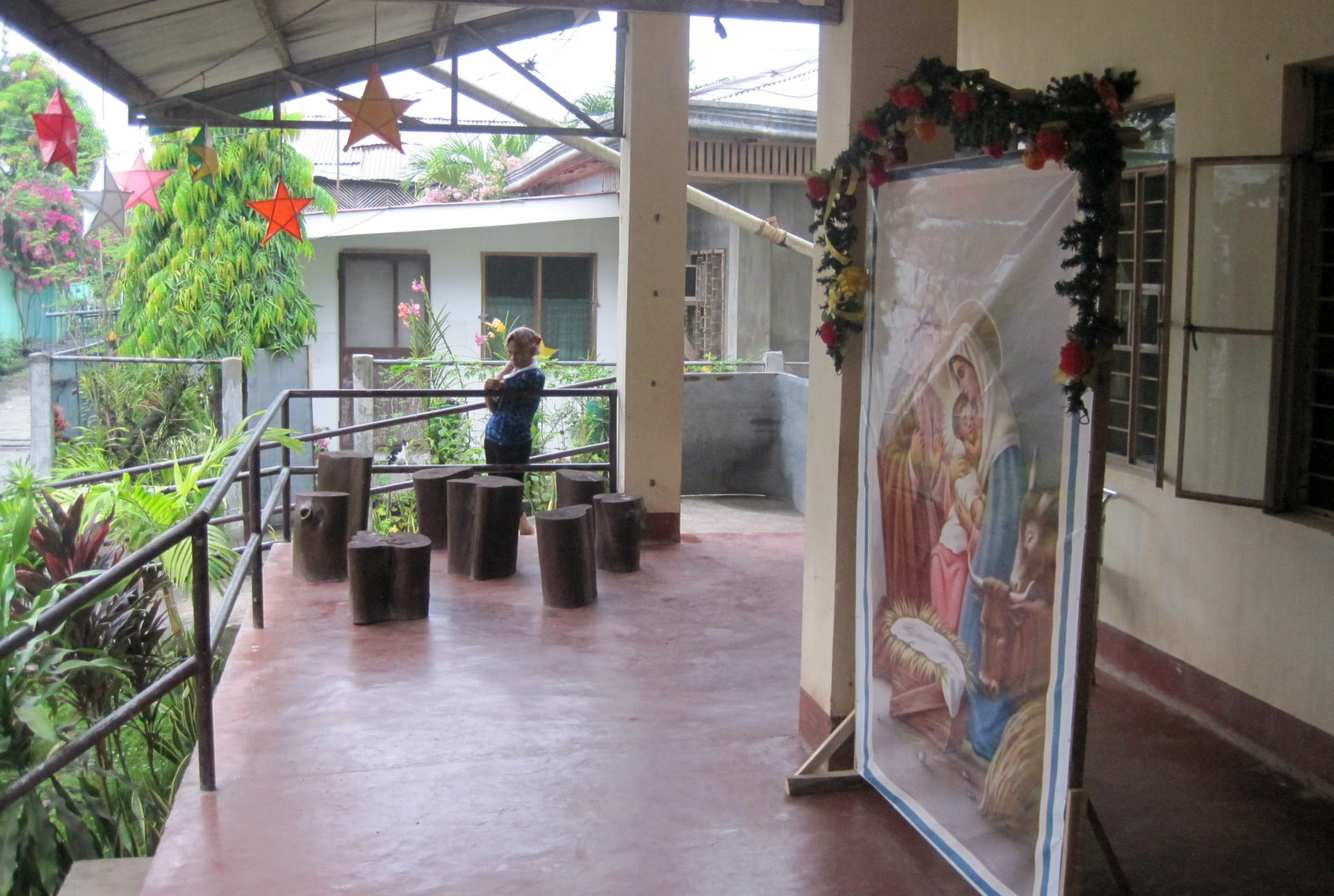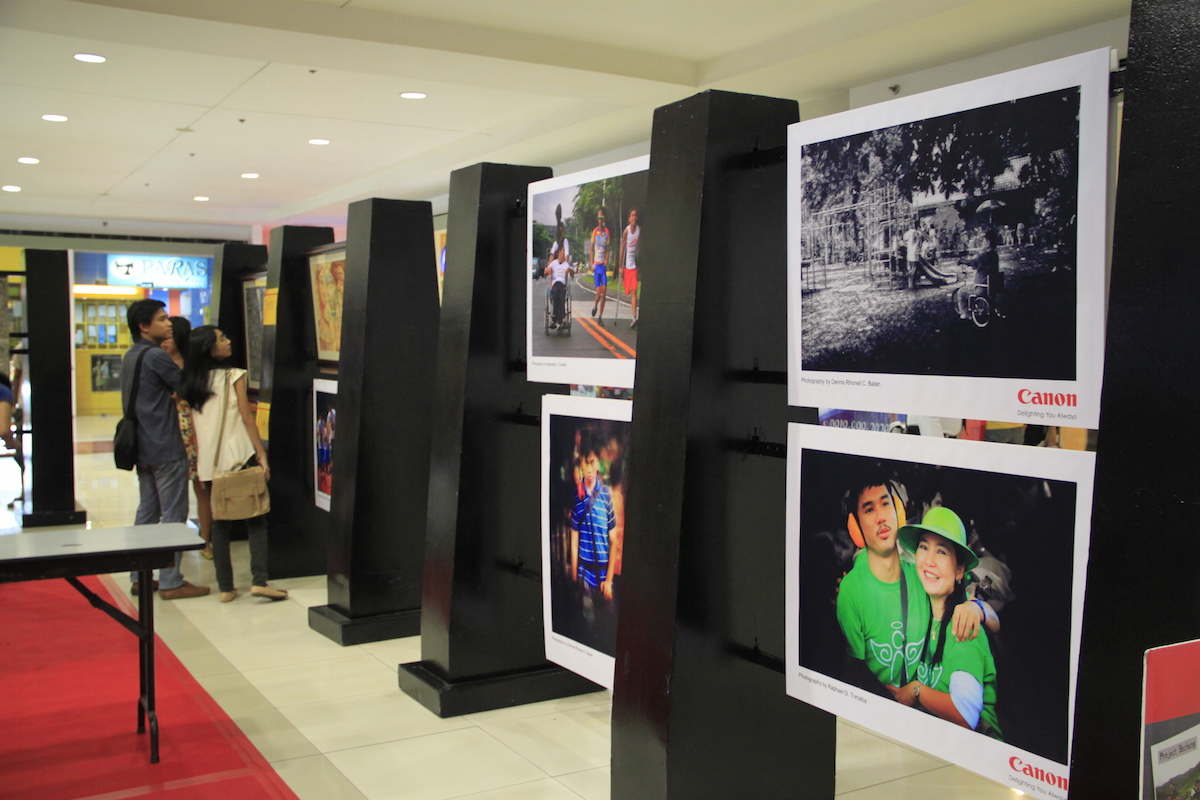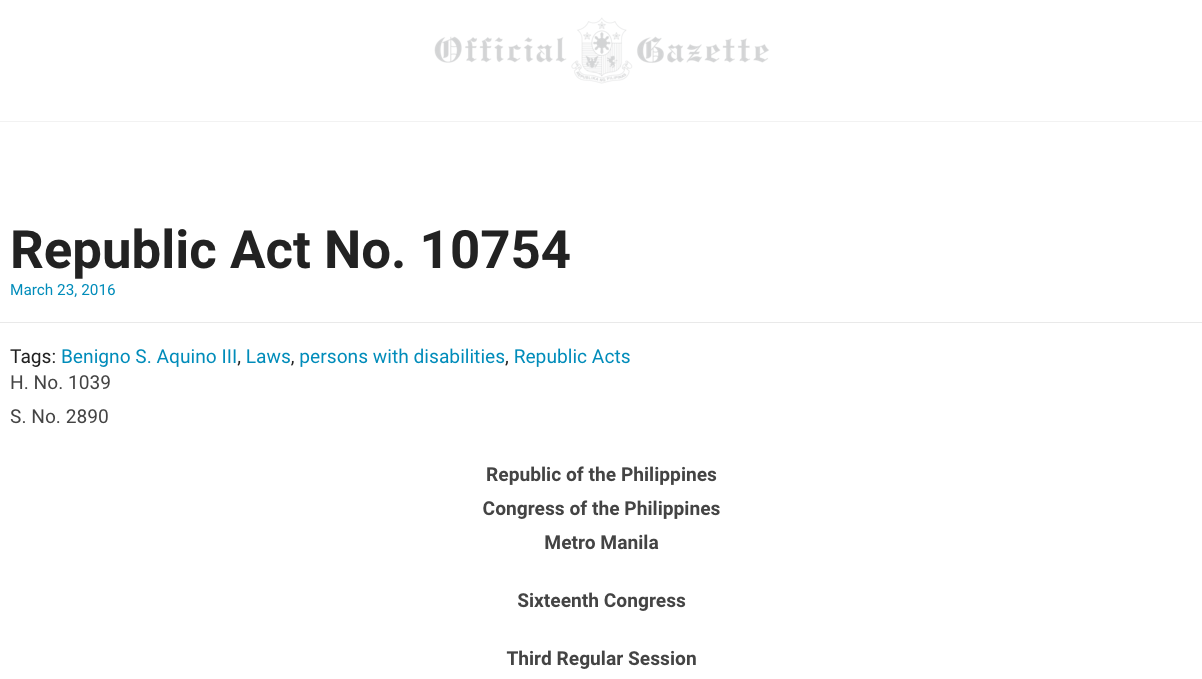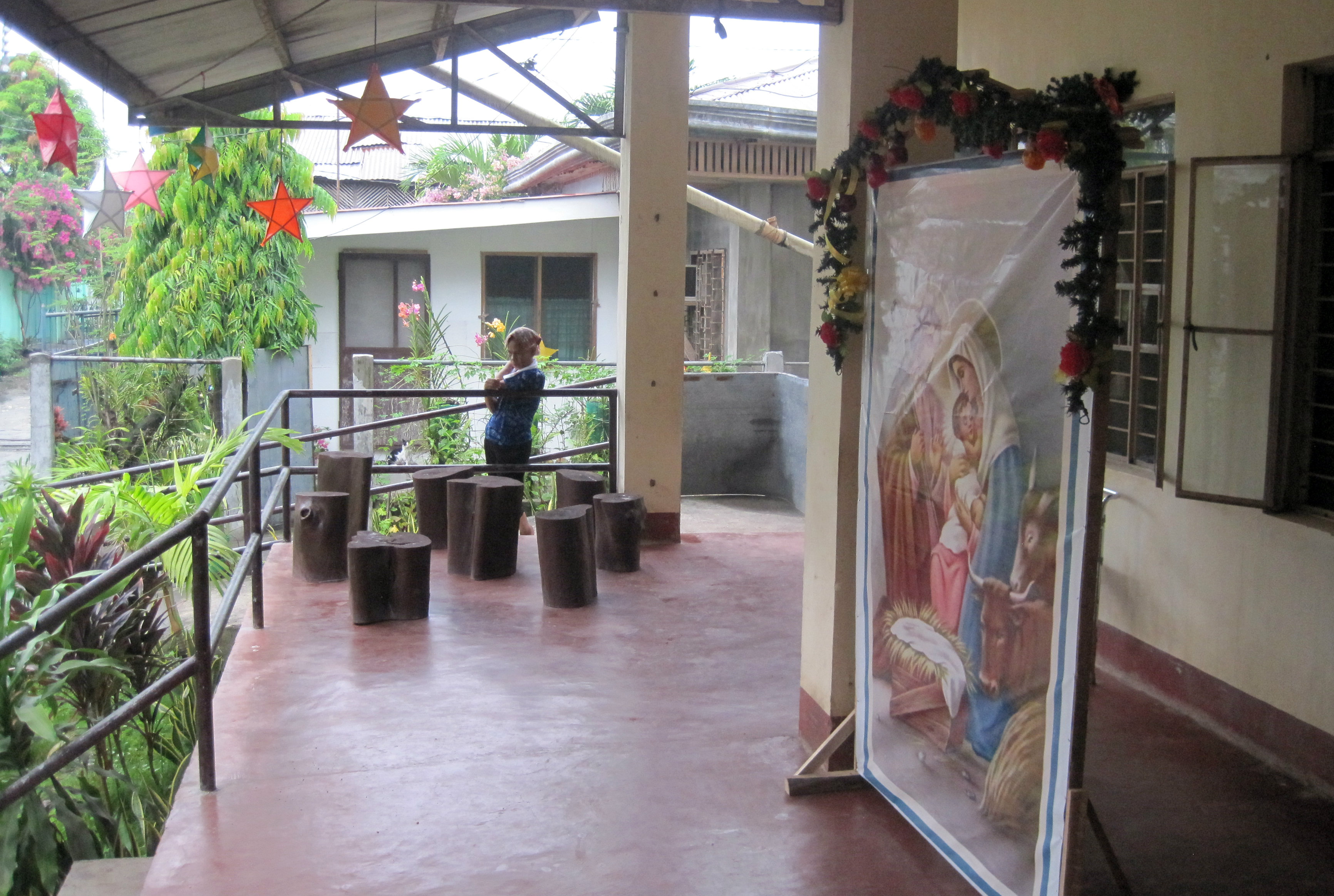
Text and photos by JAKE SORIANO
COTABATO City – Her arrival, like her life, remains a mystery. One day she just appeared in the streets of Upi, a town in Maguindanao roughly an hour’s drive away from here.
She was homeless, filthy, in tattered clothes. No one knows where she is from, or who her family is, but that they abandoned her is certain.
She is deaf and has a mental disability. The only sound she utters constantly is “Kiaw-kiaw.” Soon, that became her name.
No one knows who raped her and got her pregnant.
For a time, Upi’s local Catholic church took her in. Soon, however, it became apparent that she needed full-time, long-term care.
When she was brought to Bahay Maria, a shelter run by the Archdiocese of Cotabato for the abandoned sick and elderly, she seemed to have lost the will to live.
“Parang no way to live on Earth ang attitude nya. Parang wala syang pakialam (It was like she has completely given up on living),” said Bahay Maria administrator Jovita Isnani.
“In fact, first yan nagdating dito sa amin, ang gusto nya kainin yung pagkain ng baboy (In fact, on her first days here, she would try to eat swine food, not knowing the difference).”
But gradually, she learned to embrace life in a place she can now call home.
Kiaw-kiaw is now among the 33 residents of Bahay Maria, most of them elderly and with disabilities. And they all share the same story: they have all been abandoned by their families.
“There are some na para bang galing sa ibang lugar. Sinakay lang sa bapor, o sa bus. And then dito napapadpad. Palaboy-laboy. Bababa sila. Palaboy-laboy na lang. Napupulot namin. Lalo na mga madre (Some of our residents come from faraway places. They would be abandoned on ships or buses by their families and would arrive here destitute. They are often rescued by nuns),” said Isnani.
In Bahay Maria, they are provided the services that cater to their needs and disabilities: personal hygiene, nourishment, medical treatment, physical and occupational therapy, and counseling.
But the shelter is without a regular budget and relies largely on the generosity of donors. Now operating close to its maximum capacity, it needs support from outside so it can sustain its services to the 33 people now living in the shelter.
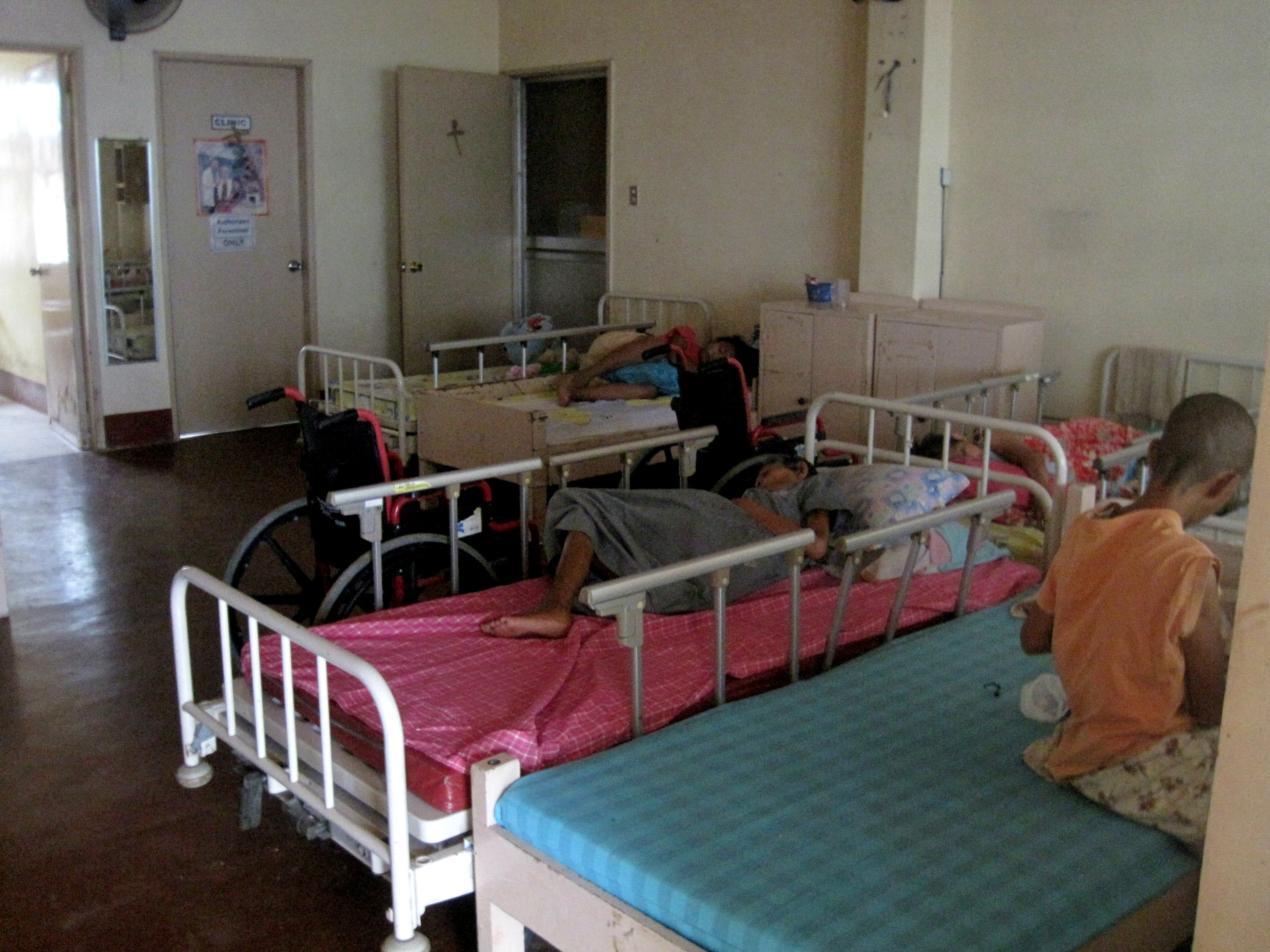
Bahay Maria traces its origins back to the early 1990s. Cotabato Auxiliary Bishop Jose Colin Bagaforo, then parish priest of the Immaculate Conception Cathedral, started a program of regular visits for the sick and the aged.
Some of the elderly, especially those from the very poor households, were found to be left alone in miserable conditions, living outside the main area of the home, fed only portions, and left unwashed and unclothed.
With them in mind, Bishop Bagaforo, together with nuns from the Carmelite Sisters of Charity Vedruna and various other religious and civic organizations, committed to building a shelter.
Initially there were three elderly residents who were cared for in a rented house in the city. Then Bahay Maria was expanded to accommodate more, and soon the shelter grew to the 1,000-square-meter compound it is today, with a maximum capacity of 40 residents.
“There are still many out there who need Bahay Maria, but we cannot accommodate them anymore,” said Isnani.
Those who want to help, she added, are welcome to “come and see Bahay Maria so they can see the real thing…This time, we are all right, (but) tomorrow, we might not be all right. There is (still) so much Bahay Maria needs, and this is not the end of it.”
According to the National Statistical Coordination Board (NSCB), while the elderly population of the Philippines is relatively “better off” than the general population in terms of poverty, there were around a million poor senior citizens in 2006.
The Autonomous Region in Muslim Mindanao (ARMM) posted the highest poverty incidence among senior citizens. Three in 10 among the elderly in the region were poor that year, based on the NSCB survey.
Isnani said that one of her plans is to build an isolated ward designed particularly to accommodate residents with sensitive conditions like lung diseases.
While Bahay Maria, which is named after the Virgin Maryis an initiative of the Catholic Church in Cotabato, the foundation does not discriminate on the basis of religion. The 21 women and 12 men staying in the shelter are of different faiths.
They have various health conditions and disabilities, from Parkinson’s to cancer, blindness and paralysis to senility and schizophrenia. But in Bahay Maria they all found a home and a community that provides them the comfort and assistance their families are not able or willing to afford them.
They are cared for by 14 regular volunteers, a nurse, and other volunteer student caregivers who come at different times of the year.
“Bahay Maria has provided the basic needs of Kiaw-kiaw such as food, shelter and medicine,” says priest Eduardo “Ponpon” Vasquez Jr. of the Oblates of Mary Immaculate (OMI), who took care of her in Upi.
“She has been loved and properly cared for by the staff and visitors,” added Fr. Ponpon, who also made a documentary about Kiaw-kiaw.
Twice every year, residents have health checkups in two Cotabato hospitals. Bahay Maria also has its own ambulance ready in emergency cases.
Their daily activities include taking care of animals and gardening, with annual recreation dates and birthday celebrations.
During the last holiday season, Isnani and the residents embarked on a project creating souvenirs from pieces of tree branches and other common materials. Kiaw-kiaw took park in the activity.
“Meron syang talent (She has talent),” says Isnani. “Kasi utusan namin yan, halimbawa mag-gawa kami ng mga strips for pamaskong handog for Bahay Maria (We would ask her to help in cutting strips of ribbon for our Bahay Maria Christmas souvenirs)”
“Marunong sya magtali. Na-notice ko. Tapos very meticulous sya sa edges (And I noticed that she does the job very well. She’s very meticulous in cutting strips and in tying ribbon).”
